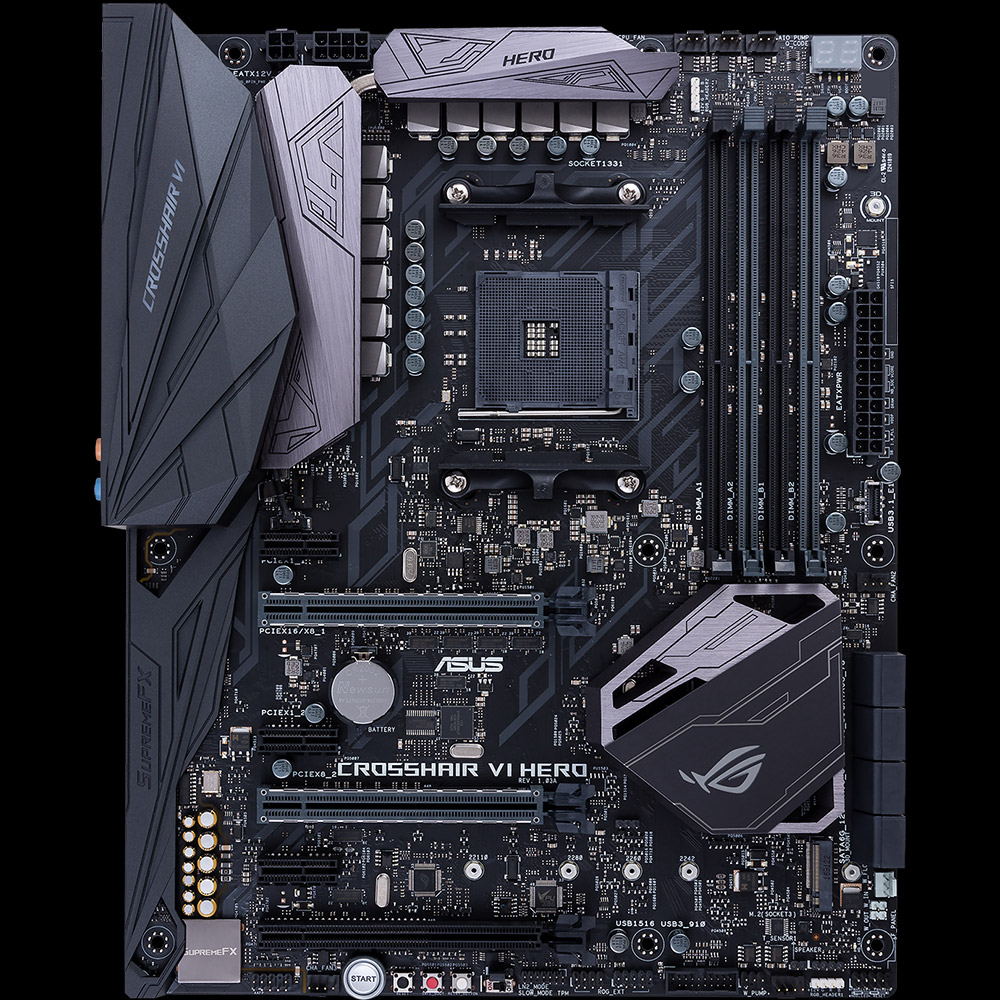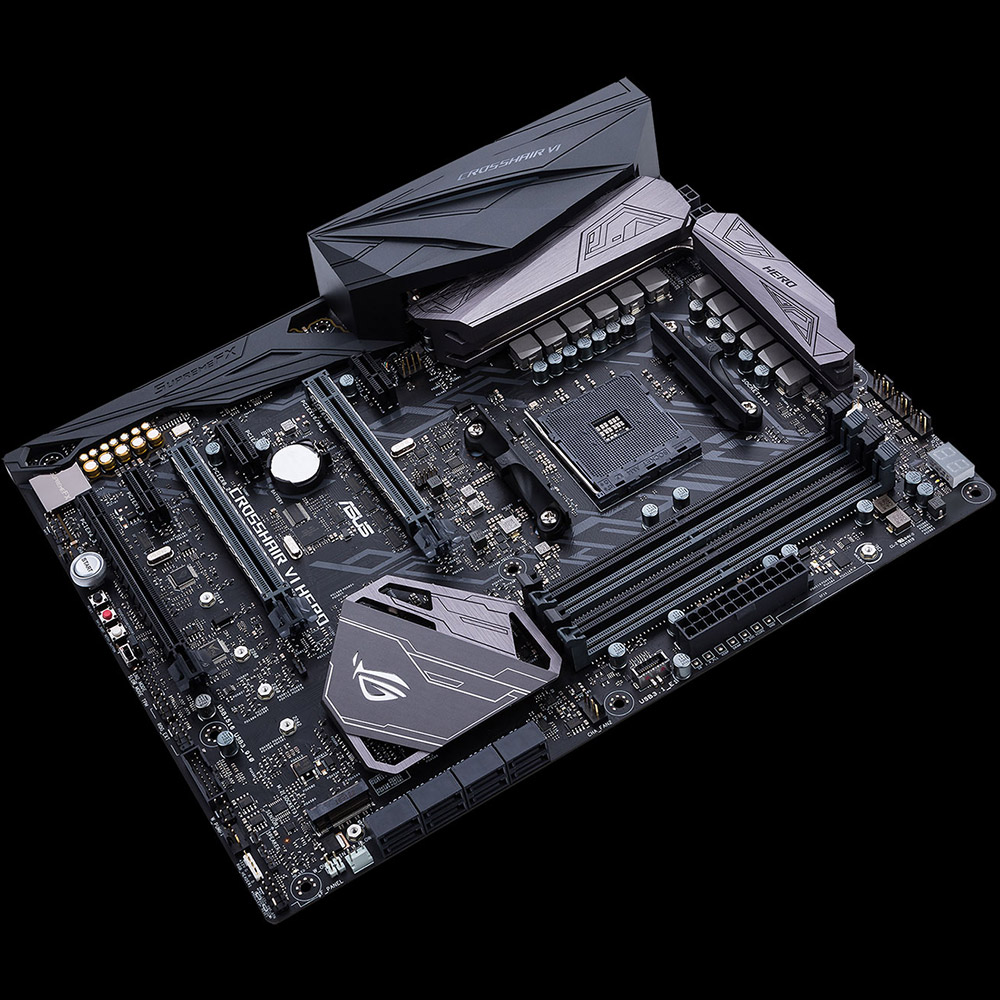Your guide to the Ryzen AM4 platform and its X370, B350, and A320 chipsets
Years in the making, Ryzen is finally upon us. The next-generation AMD processor boasts a brand-new Zen microarchitecture that’s faster and smarter than its predecessor. It’s also available with up to eight cores and 16 threads on a single chip, providing loads of cylinders for power-hungry gearheads, gamers, and people who want to do more with their PCs.
Ryzen rides a new AM4 socket that comes with a fresh selection of chipset sidekicks. In some ways, the CPU steals some of the thunder normally reserved for these “south bridge” chips. Rather than sticking with the DDR4 and PCI Express interfaces you’d expect from a modern CPU, Ryzen adds USB and storage links typically found on the chipset. The result is a uniquely balanced platform with flexible configuration options. This guide tells you what you need to know about how the new AM4 processors and their accompanying X370, B350, and A320 chipsets fuel our motherboards.
Doing more on the processor
CPUs based on the AM4 socket will scale from four to eight cores. The top Ryzen models can execute 16 threads in parallel, giving you a drool-worthy view in the Windows Task manager—and the ability to shred multithreaded and multitasking workloads with ease. The CPUs are also unlocked for overclocking, so you can easily push for higher speeds if you want.
All Ryzen processors have a dual-channel DDR4 memory controller and 16 PCI Express 3.0 lanes. Those PCIe lanes are reserved for graphics cards, and when paired with the right chipset, they're capable of splitting into a dual-x8 config for two-way SLI and CrossFireX. Teaming GPUs is practically required for 4K gaming at 60 FPS and max settings, and it can help smooth out demanding VR experiences and saturate ultra-high-refresh gaming monitors—both things to consider for hardcore builds.
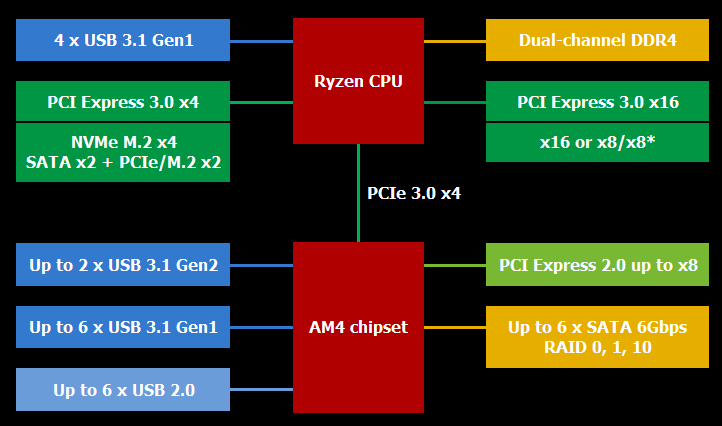
So far these elements are common for consumer-grade chips, but the dedicated storage interfaces are not. Ryzen has four PCIe 3.0-based storage lanes that can be devoted to a single M.2 NVMe SSD or divided between two SATA drives and two lanes for PCIe or M.2 devices. On top of that, it’s lined with four USB 3.1 Gen1 ports for peripherals and external storage.
Bringing additional I/O into the processor puts devices in the center of the action—and frees them from sharing interconnect bandwidth with everything tied to the chipset. A single NVMe SSD can theoretically saturate the PCIe 3.0 x4 link that binds the platform’s two pieces together, leaving little bandwidth for other traffic between them.
While this probably won’t apply to most ROG systems, there’s more to AM4 than just Ryzen. The socket will also host upcoming 7th-generation A-series and Athlon processors. The A-series APUs incorporate Radeon integrated graphics, which is why many AM4 boards have display outputs. Like the Athlons, they’re capped at four CPU cores, eight PCIe lanes for discrete graphics, and two lanes for NVMe SSDs. The last couple of cutbacks severely hamper the bandwidth that can be delivered by the motherboard.
| X370 | B350 | A320 | |
| Overclocking | Y | Y | N |
| Dual PCIe 3.0 x8 | Y | N | N |
| PCIe 2.0 | 8 | 6 | 4 |
| USB 3.1 | 2 | 2 | 1 |
| USB 3.0 | 6 | 2 | 2 |
| USB 2.0 | 6 | 6 | 6 |
| SATA | 6 | 4 | 4 |
| RAID | 0,1,10 | 0,1,10 | 0,1,10 |
New chipsets fill out the package
Ryzen may pull more into the processor, but it doesn’t go the full SoC route. The AM4 family still shares a selection of chipset sidekicks that act as I/O hubs. They all have native USB 3.1 Gen2 connectivity capable of hitting speeds up to 10Gbps; SATA ports that can be configured in RAID for added performance, redundancy, or both; and PCIe 2.0 lanes for slots and devices with lower bandwidth requirements.
The X370 is the full-fat Frappuccino of the bunch. It’s the only one that unlocks Ryzen’s ability to split PCIe lanes between a pair of x16 slots for double-barreled SLI or CrossFireX. You also get more PCIe for additional slots and devices, more SATA ports for bigger RAID arrays, and more USB for extra peripherals.
Overclocking is another high-profile feature, but it’s not an exclusive. The X370 and its scaled-back B350 sibling can both exploit Ryzen’s OC-friendly unlocked multiplier. They both have dual USB 3.1 ports, as well, but the B350 drops a handful of PCIe lanes and I/O ports, making it more appropriate for modest builds.
Dialing back to the A320 takes overclocking off the table and cuts the I/O even further. This chipset is meant for entry-level systems, so it’s not really ROG material.
Ready now and coming soon
Our ROG Crosshair VI Hero motherboard has already been deployed with the X370 chipset onboard. Stay tuned for more on our AM4 lineup.
Author
Popular Posts

How to adjust your laptop's P-Cores and E-Cores for better performance and battery life
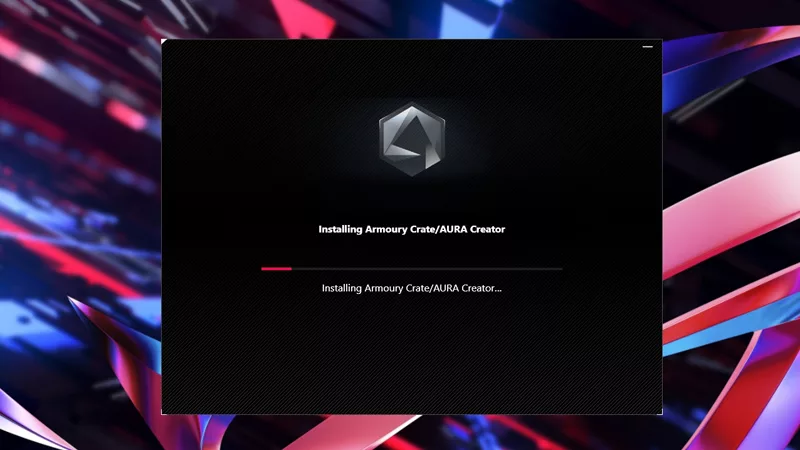
How to Cleanly Uninstall and Reinstall Armoury Crate
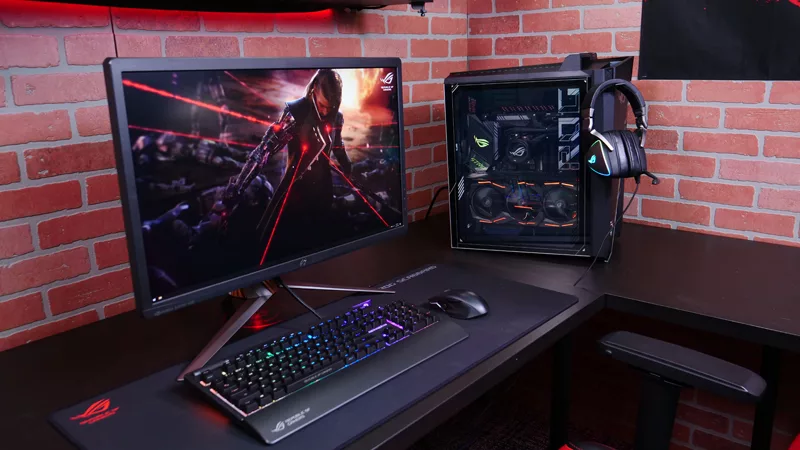
How to configure your PC's RGB lighting with Aura Sync
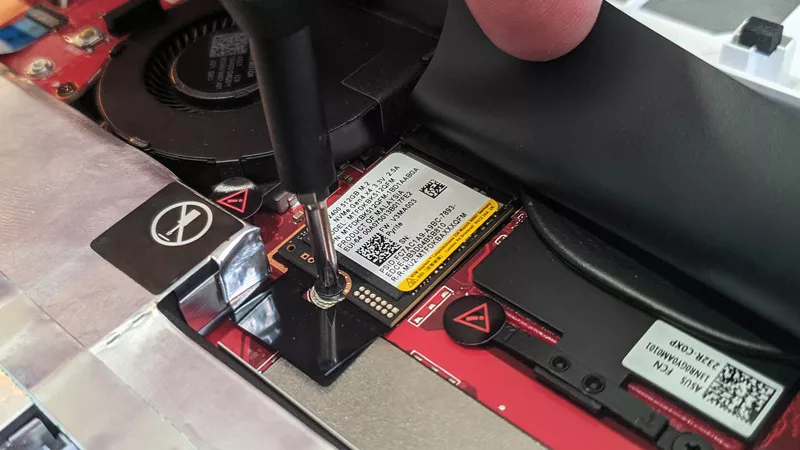
How to upgrade the SSD and reinstall Windows on your ROG Ally or Ally X

ASUS GPU Tweak III: The ultimate tool for advanced GPU tuning
LATEST ARTICLES

How ROG Intelligent Cooling Keeps Your Laptop Seriously Cool (and Surprisingly Quiet)
We took our entire thermal solution back to the drawing board for extreme performance—without extra noise.

Our patented process brings exotic liquid metal thermal compound to new ROG gaming laptops
An automated application of liquid metal boosts CPU performance for the entire Intel 10th Gen ROG laptop lineup.
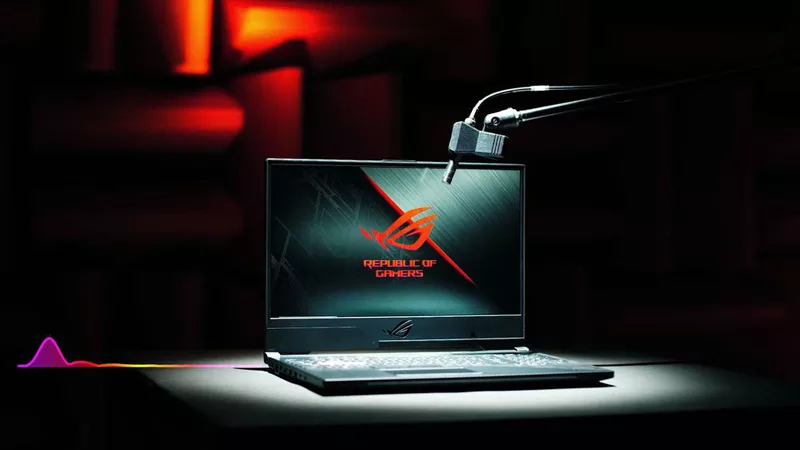
Inside our hardcore ROG durability tests
Inside ASUS Quality Test Labs, where we put our products through punishing tests to make sure they withstand the rigors of daily use.
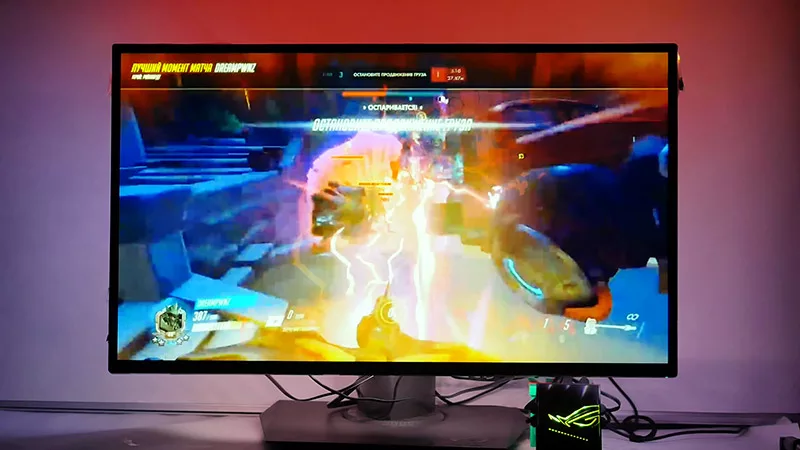
The Aura ecosystem expands into your environment with reactive ambient lighting and more
Check out the new ROG Aura Terminal and Spotlight, plus the latest software to use our SDK.
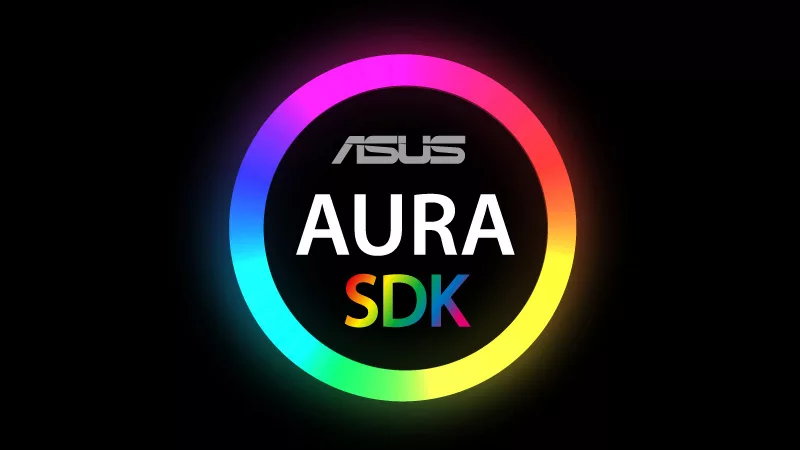
The evolution of Aura RGB lighting leads to an official SDK
Follow the evolution of Aura RGB lighting from our first onboard LEDs to a full ecosystem of products and new SDK.
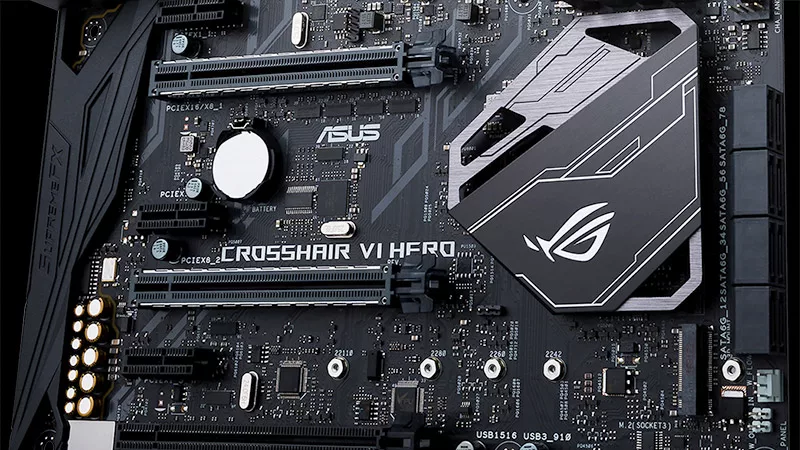
Your guide to the Ryzen AM4 platform and its X370, B350, and A320 chipsets
AMD's Ryzen AM4 platform comes with new X370, B350, and A320 chipsets. Here's what you need to know.
